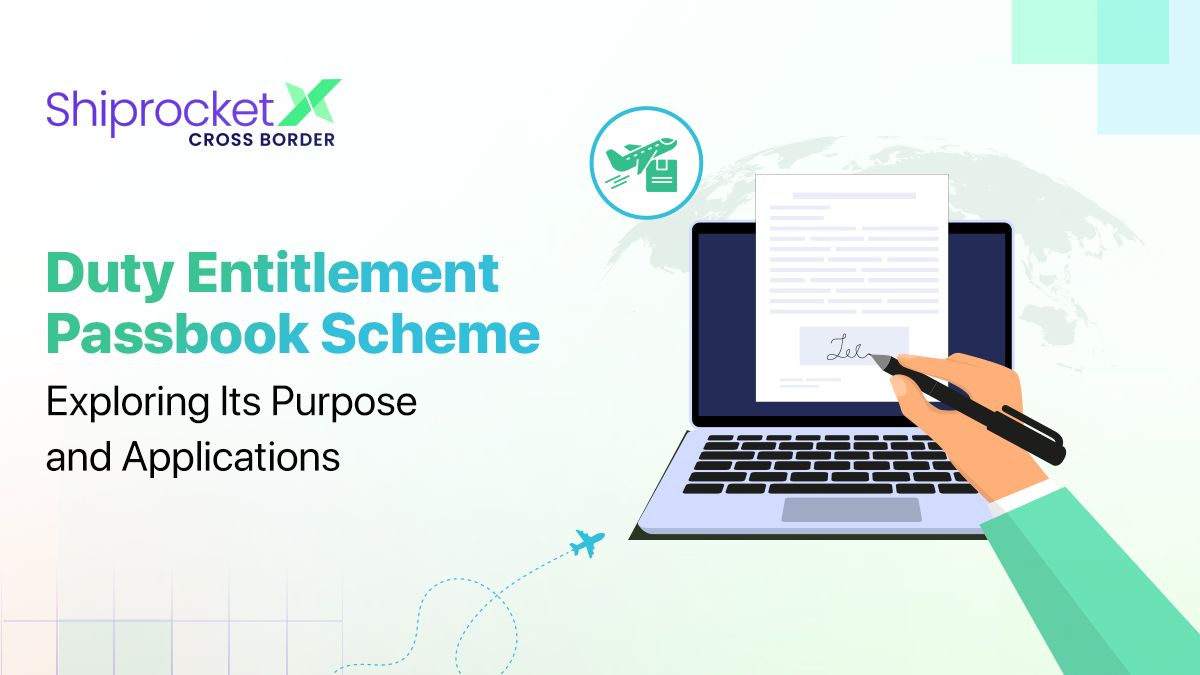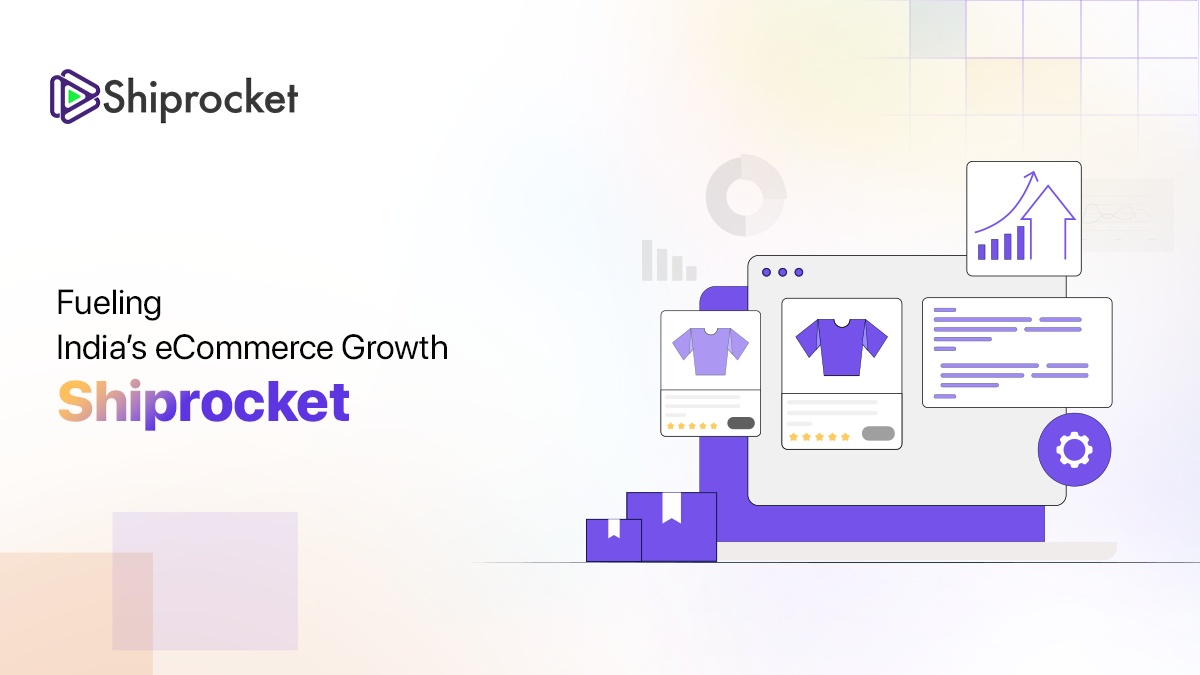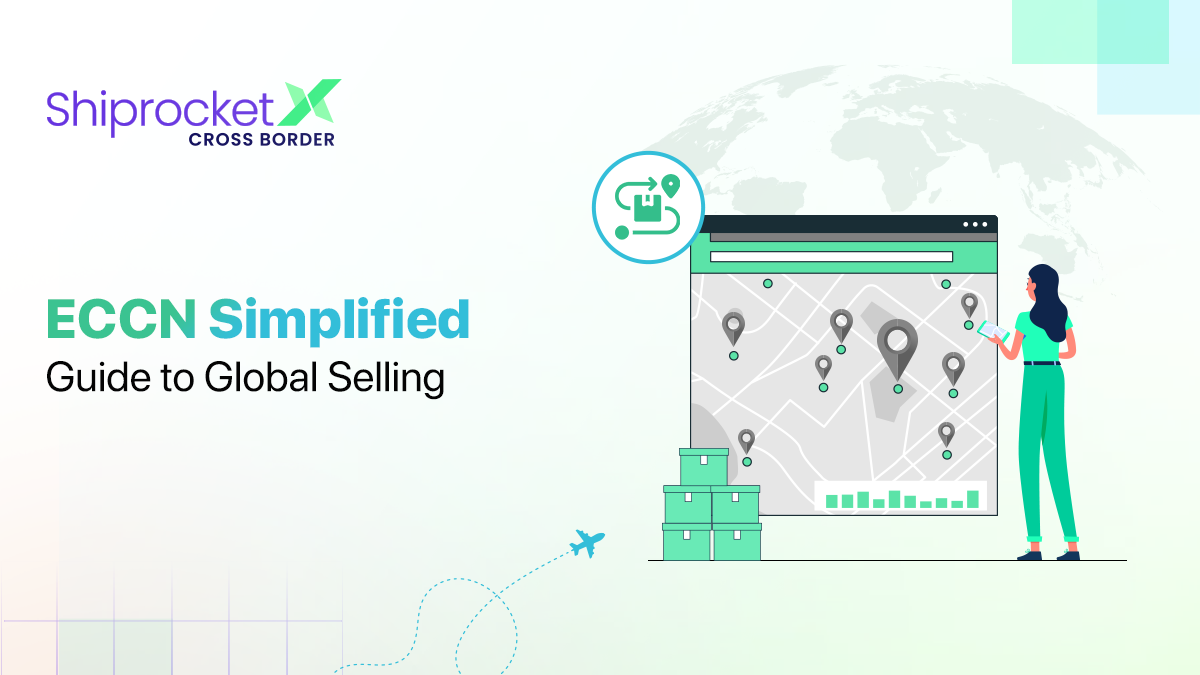What is ONDC: A Complete Guide on How it Works
- What Is ONDC: India’s Open Network Digital Commerce
- How Does ONDC Work?
- How to Use ONDC to Order Food and Groceries on Paytm?
- Features and Objectives of ONDC
- Is ONDC Available in Your City?
- Difference Between ONDC and Other Food and Grocery Delivery Apps
- Role of Shiprocket in Helping ONDC’s Sellers
- Conclusion
- Frequently Asked Questions(FAQs)
Buying and selling products and services have become easy with the start of eCommerce. It has made it easier for small businesses to showcase their product. However, with major eCommerce players such as Amazon and Flipkart dominating the market with cutting-edge technology, it has become challenging for small businesses to access this industry due to a lack of resources, expertise, and infrastructure.
To address this challenge, a promising initiative is the Open Network for Digital Commerce or ONDC, which aims to empower small businesses to enter the eCommerce sector. The primary objective of ONDC is to bring buyers and sellers together on a single digital commerce platform.

Let’s gain a deeper understanding of ONDC, including its features, objectives and how it operates.
What Is ONDC: India’s Open Network Digital Commerce
Open Network for Digital Commerce (ONDC) is an initiative of the Indian Government to make eCommerce accessible through open networks. ONDC is a set of specifications based on open-sourced methodology. It utilises open specifications and network protocols that ensure it is independent of any one platform. It is designed to nurture open interchange and connections between consumers, technology platforms, and retailers.
This platform ensures that consumers and suppliers can transact goods and services independently of the platform or application. ONDC is all about breaking the current platform-centric eCommerce model and providing an open network that any smart buying platform can access.
How Does ONDC Work?
ONDC’s working can be better understood if we compare it to the Unified Payment Interface (UPI). UPI allows anyone with a bank account to utilise mobile payments irrespective of whether they use a particular app or not. Similarly, the ONDC platform is the intermediary layer between the interfaces hosting the buyers and the sellers.
For example, if a buyer wishes to buy a phone online, they will search on any existing eCommerce apps available, like Amazon or Flipkart. The buyer would have to surf individual apps to find the best deals. This can be time-consuming. ONDC provides a solution for this problem.
Suppose the buyer uses ONDC to open any one of the existing eCommerce apps like Amazon. In that case, the buyer will get a listing of sellers within the Amazon app and options from Flipkart, other stores, and any other app that has registered with ONDC. ONDC thus ensures buyers with opportunities to compare prices, quality, discounts, etc. It also allows the buyer or seller to choose delivery agents from other apps if the selected app’s delivery agent is unavailable to provide delivery services.
How to Use ONDC to Order Food and Groceries on Paytm?
Paytm is a leading payment platform in India. The payment app took a significant step by collaborating with and integrating ONDC on its platform. This substantial effort allows Paytm to give its audience a better online shopping experience.
Here are the steps demonstrating how to use ONDC through Paytm:
- The first step is to log in to your Paytm app. Once logged in, use their search bar to find ONDC. Alternatively, you can scroll down the app until you see ‘Paytm se ONDC’. A list of categories like food, grocery, home decor, electronics, etc., will pop up on your screen. Going further, you should decide if you wish to order food or groceries.
- Then, select a restaurant and the food items you want to savour if you want food. Similarly, opt for grocery items from the list on the app if you need groceries.
- After adding the items, go to your cart and mention the address where you want your order delivered. There is also a map available to help you choose and confirm your preferred location. Make sure that while checking out from your cart, if you see any coupon code available, apply it to get a discount or offer.
- Finally, select the payment mode you prefer and wait for a PIN. Entering this PIN will allow you to complete your order. As the order is complete and payment is successful, you’ll get a notification on your registered mobile number.
Features and Objectives of ONDC
Some salient features of ONDC are
- ONDC is a government-backed project: ONDC is a non-profit private Section 8 company established by the Department for Promotion of Industry and Internal Trade of the Government of India.
- Enables access to processes and technologies used by large eCommerce platforms: Operations like listing, stock management, order management, and order fulfillment can be standardised using the protocols set by ONDC.
- It provides better discoverability and trust for small and medium enterprises. Simplified payment processing is also available.
- It offers data transparency. ONDC is able to rate service providers that will be applicable and visible across the network.
- The platform is not limited to selling and buying within just one eCommerce site. It also offers digital marketing opportunities.
- ONDC provides easy-to-use tools to create a branded storefront. Small businesses are also entitled to discount programs.
- ONDC offers access to different types of products that may not be available on eCommerce sites but are easily available locally.
It provides a unique opportunity for small traders and mom-and-pop stores.
The objectives of ONDC are
- Ending monopolies of the platforms: It aims to provide equal opportunities to all players in the market. It strives to provide a conducive environment for small businesses to compete with established players.
- Enable digital commerce to be small business friendly: It provides easy-to-use tools and resources for small retailers to grow and expand their businesses online.
- Increase eCommerce penetration in rural areas: It provides access to new markets and opportunities for small businesses in rural areas.
- More focus on apps in Indian languages: It provides a platform for small retailers to reach a wider audience with their products and services.
- Digitisation of the value chain: It aims to streamline processes and make them more efficient and cost-effective.
- Standardisation of operations: It provides a common set of protocols and guidelines for small retailers to follow.
- Increased efficiency in logistics: It provides a platform for small retailers to connect with logistics providers and streamline their supply chain.
- Wider choices of products and services: It provides access to a diverse range of products and services for small retailers to offer their customers.
- Data privacy and confidentiality: It aims to ensure that all data and information shared on the platform are secure and protected.
- Decreased cost of operation: ONDC aims to provide cost-effective solutions for small retailers to grow and expand their businesses online.
Is ONDC Available in Your City?
ONDC is gradually spreading its wings to cater to the vast population that has recognised its potential and benefits. The platform is currently present in beta mode in 180 cities across India. It serves as a one-stop shop for groceries, food, shopping, and other services in many metropolitan and other cities. Some of the major ONDC-covered locations include:
- Delhi and NCR region, including Noida, Gurgaon, Meerut, Ghaziabad, and Faridabad.
- It’s present in the state of Maharashtra, covering Nashik, Navi Mumbai, Pune, Mumbai, and Thane.
- Kolkata, in West Bengal, is also in the loop for ONDC
- Other than that, ONDC serves Bangalore, Chennai, Hyderabad, Kanchipuram, Lucknow, and Bagalkot.
However, there is no specific app available for ONDC at present. Customers can order online from ONDC through Paytm and Magicpin. Thus, It’s essential to understand how to use ONDC through other apps.
Difference Between ONDC and Other Food and Grocery Delivery Apps
ONDC started its journey as a beta in September 2022. However, there is a lot of fuel in this fire now! This online delivery platform manifested for small businesses is gaining much popularity and pace in the online food ordering world. ONDC is delivering over 10,000 daily orders, thanks to its new widespread popularity. A big chunk of the mob is choosing ONDC over many of the big players in this sphere to satisfy its hunger pangs.
Food delivery giants like Swiggy and Zomato have reigned over the online food ordering market for a long time. They almost have a duopoly in catering to the constant needs of food lovers across the country. However, reports say the Indian Open Network for Digital Commerce may overtake or give tough competition to these brands owing to a major difference between them and ONDC.
Customers are noticing the vast price discrepancy in ordering from ONDC compared to the other two famous food and grocery delivery apps. Swiggy and Zomato charge nearly 25-30 per cent commission from restaurants, whereas ONDC is currently charging a meagre 2-4 per cent commission. Therefore, people can order food from ONDC at relatively cheaper prices. The reason is that you can order food directly from the restaurant without needing any third-party app like Swiggy or Zomato. Naturally, restaurants can serve you better at lower prices when they don’t have to pay a hefty commission to a third-party app.
ONDC also became a social media buzz after people realised they could get their food at lower prices. They are posting screenshots on Twitter and other platforms about the price difference they’re experiencing with ONDC. For instance, one user claimed that the McDonald’s burger is available at almost half the price, and another one said the same pizza was 20% cheaper when ordering online from ONDC.
Role of Shiprocket in Helping ONDC’s Sellers
Shiprocket has become the first inter-city logistics provider to get registered with ONDC and has gone live on the government’s ONDC portal. The first successful transaction was made in October 2022. It is one of the best enablers of eCommerce logistics and would help sellers to choose delivery partners to send products across India.
With the increase in digitisation and the Indian population becoming more and more computer literate, sellers from tier 2 and tier 3 cities are increasing. They need good logistics support to deliver their goods to the buyers. Shiprocket uses an inclusive open-access technology system for sellers to ease their business transactions.
Shiprocket handles around 25 crore shipments daily with around 24,000+ pin codes in India and 220 countries and territories covered. Shiprocket integrates with the top 25+ courier partners to meet all customer business needs through increased reach, low shipping costs, and faster delivery. To learn more about Shiprocket’s services, click here.
Conclusion
By 2026, eCommerce is anticipated to attain 11.4 per cent of the total Indian retail market. With the implementation of ONDC, the Indian government is trying to increase eCommerce accessibility to various small and medium businesses and rural areas. ONDC has provided smaller sellers and merchants with a platform to showcase their products and enter the digitised business. ONDC is aiming to bring 30 million sellers onto its network via hundreds of seller-side platforms by the end of 2024. The higher number of eCommerce platforms registering on ONDC would portray the success of ONDC in the long run.
Frequently Asked Questions(FAQs)
Bengaluru has become the first city in India to use ONDC starting from the 30th of September 2022. This is a part of ONDC’s beta testing and is live across 16 pin codes in Bengaluru.
Indian sellers need to first register onto an ONDC seller app like Mystore, IDFC First, PayTm App, etc. With the help of these apps, a seller can easily register and sell their products or services on ONDC.
ONDC offers logistics solutions through its ONDC-approved logistics providers to its sellers. The sellers can compare and choose the appropriate logistic provider that best matches their requirements and cost.







